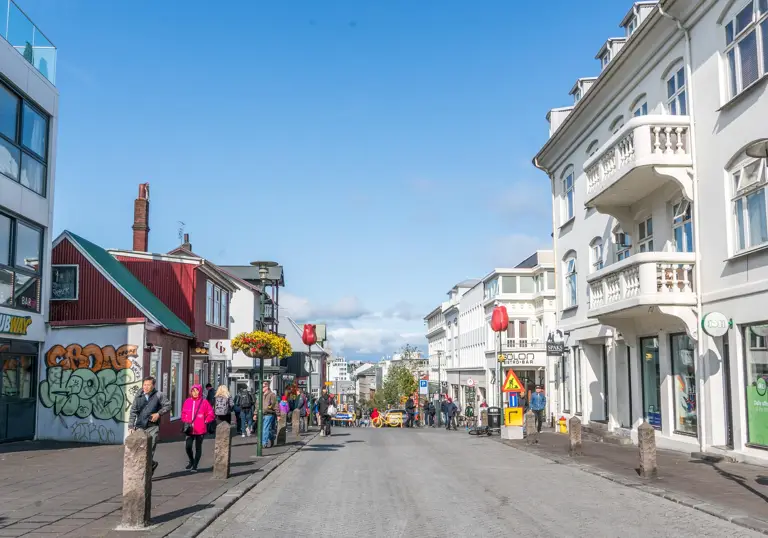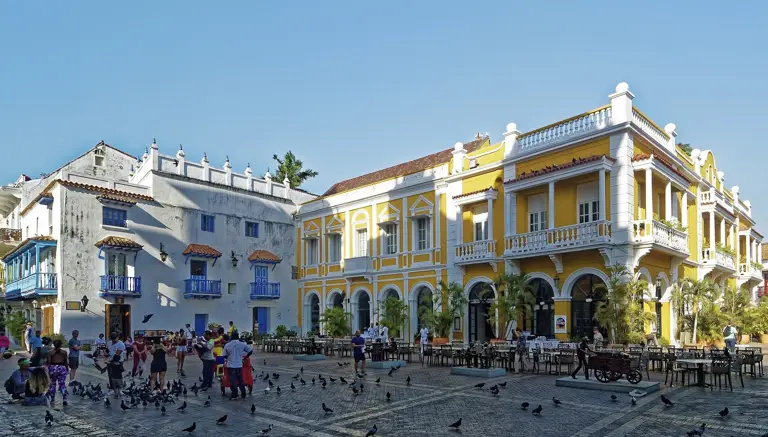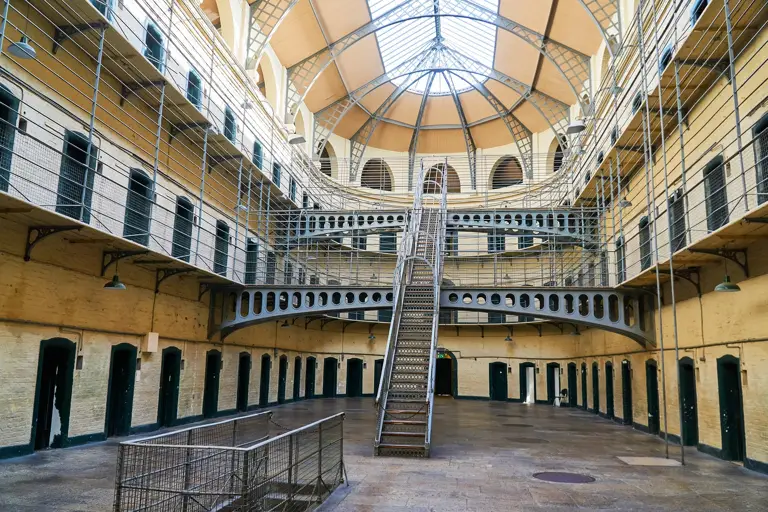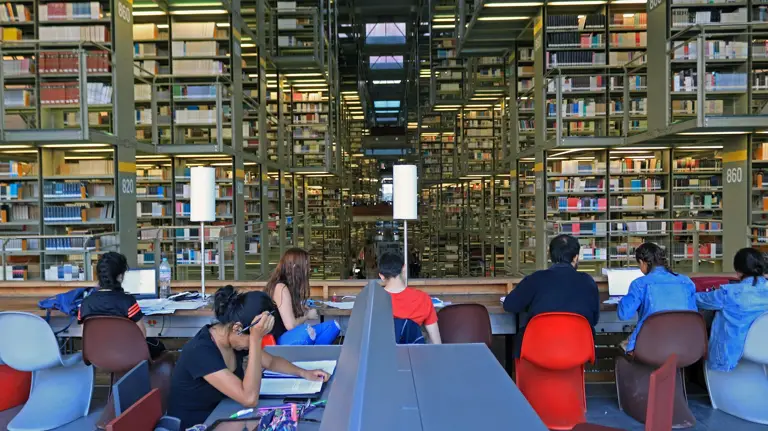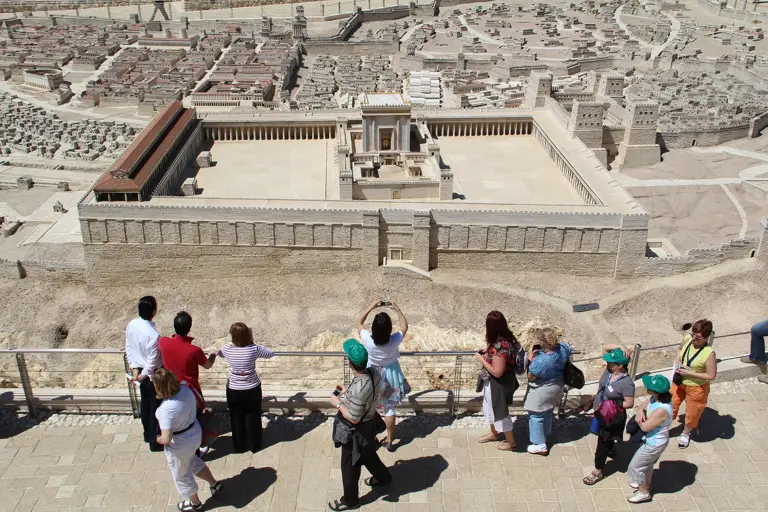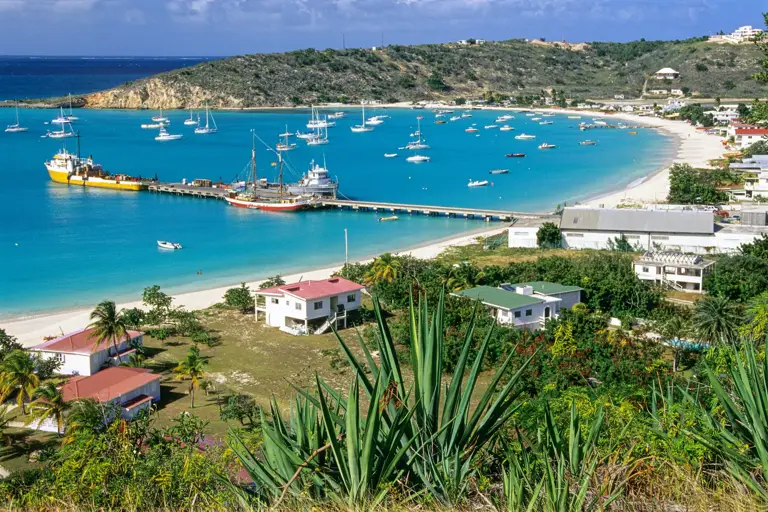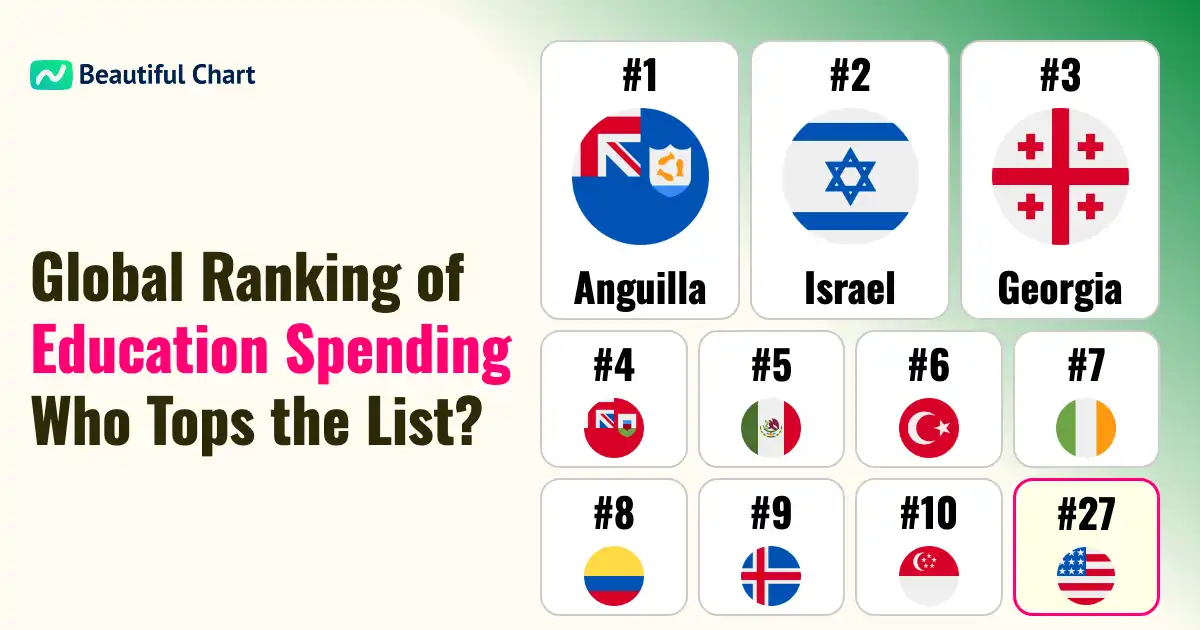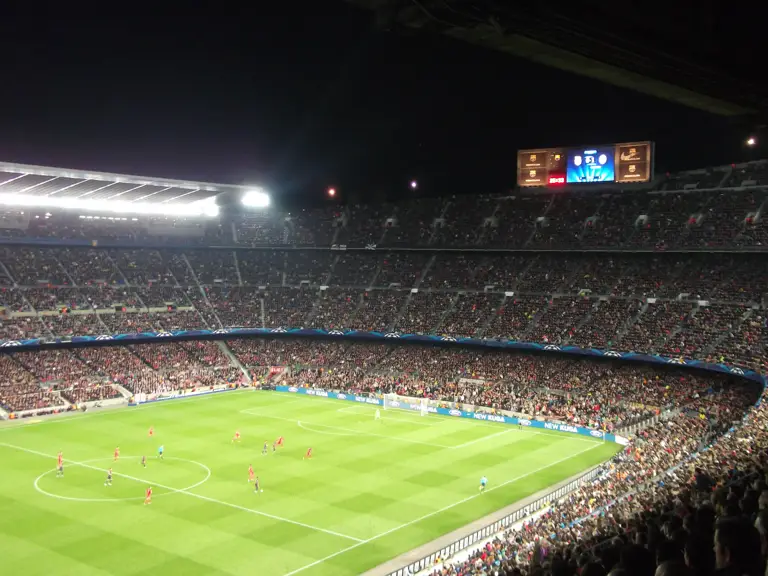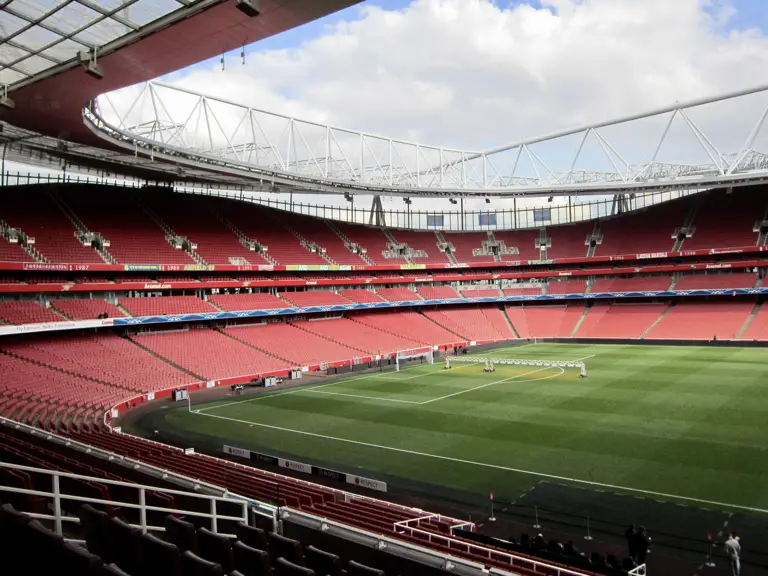
These Tiny Islands Spend More on Education Than Superpowers? The REAL Top Spenders Revealed!
- ASUMUP
- Society
- September 10, 2025
When you think of the countries that invest the most in education, which names come to mind? Perhaps Nordic nations like Finland or Sweden, or economic giants like the United States or Germany. You might be surprised to learn that the actual leaders in per-capita education spending paint a very different picture. This isn't just about the total dollars spent; it's about how much is invested per person, adjusted for what that money can actually buy in that country—a measure known as Purchasing Power Parity (PPP). This gives us a much fairer and more insightful comparison.
This ranking reveals a fascinating mix of small, wealthy islands, and determined, rapidly developing nations that are pouring resources into their future generations. It challenges our conventional wisdom and shows that a nation's commitment to education isn't always tied to its size or global influence. Get ready to have your assumptions turned upside down as we dive into the top 10 countries that are truly prioritizing educational investment for their citizens.
Education Spending SECRETS
- #1 Anguilla - $6,092.7
- #2 Israel - $5,674.9
- #3 Georgia - $5,168.3
- #4 Bermuda - $5,039.7
- #5 Mexico - $5,025.9
- #6 Turkey - $4,989.3
- #7 Ireland - $4,906.7
- #8 Colombia - $4,821.5
- #9 Iceland - $4,710.1
- #10 Singapore - $4,707
- #27 United States - $4,121
#27 United States - $4,121
Many might be surprised to find the United States at #27, seemingly far down the list. However, this ranking reflects the complexities of its vast and highly decentralized education system. Unlike most countries on this list, the U.S. does not have a centralized federal education system; funding and control are primarily managed at the state and local levels. This results in enormous disparities in per-student spending between wealthy suburban districts and under-resourced urban or rural ones.
While the U.S. is home to many of the world's most prestigious and well-funded universities, the high cost of this higher education is a significant national issue, leading to a massive student debt crisis. The national conversation around education is constantly focused on challenges like teacher pay, curriculum standards (Common Core), and the achievement gap between different demographic groups. Therefore, while overall spending is high, the per-capita figure adjusted for PPP and the system's inherent inequalities place it outside the top tier in this specific ranking.
#10 Singapore - $4,707
Rounding out the top ten is Singapore, a nation whose education system is globally renowned for its rigor and excellence. Singapore consistently dominates international rankings like PISA, particularly in mathematics and science. This success is the result of a deliberate, long-term strategy of investing in education to build a world-class workforce, as the nation has virtually no other natural resources. The system is built on principles of meritocracy and bilingualism, with all students learning in English as well as their designated 'Mother Tongue' (Mandarin, Malay, or Tamil).
While famously high-pressure and competitive, the Singaporean Ministry of Education has recently been introducing reforms under the 'Learn for Life' movement. This initiative aims to reduce the emphasis on grades and foster a more holistic approach, encouraging lifelong learning, creativity, and adaptability. This evolution shows that even the highest-performing systems are constantly looking for ways to improve and better prepare students for the future.
#9 Iceland - $4,710.1
As a Nordic country, Iceland embodies the principles of equality and accessibility in its education system. The philosophy is that every citizen, regardless of their background, should have access to high-quality education, which is almost entirely funded by the state. This significant per-capita investment supports a system that emphasizes creativity, critical thinking, and individual student well-being over rote memorization and standardized testing.
The system is highly decentralized, with local municipalities having significant control over primary and lower secondary schools, allowing them to tailor education to local needs. With one of the highest literacy rates in the world, Iceland places great importance on preserving its unique language and literary heritage while also ensuring students are proficient in other languages, particularly English. Education is seen as a lifelong pursuit, with strong support for adult learning and continuing education.
#8 Colombia - $4,821.5
For Colombia, education is more than just a path to economic development; it's a critical tool for building lasting peace and social equity. After decades of internal conflict, the country has strategically increased its investment in education to create opportunities and foster social mobility for its citizens, particularly in formerly conflict-ridden rural areas. Government programs like 'Ser Pilo Paga' (It Pays to be Smart) have provided scholarships for high-achieving, low-income students to attend top universities.
This spending also supports the expansion of public schools and the improvement of teacher quality nationwide. Furthermore, Colombia has a strong focus on vocational and technical training through its national service, SENA, which provides practical skills to millions of people, aligning the workforce with the needs of the economy. Colombia's ranking is a powerful symbol of its commitment to overcoming its past and building a more prosperous and peaceful future through education.
#7 Ireland - $4,906.7
Ireland's high-quality education system has been a cornerstone of its remarkable economic transformation over the past few decades, famously known as the 'Celtic Tiger'. The country's policy of providing free primary, secondary, and, to a large extent, university education has created one of the most educated workforces in the world. This has been instrumental in attracting multinational corporations, particularly in the tech, pharmaceutical, and financial sectors, which rely on a steady supply of skilled graduates.
The Irish system is well-regarded for its high academic standards and broad curriculum. While historically dominated by the Catholic Church, the educational landscape is becoming more diverse and secular. The government's consistent and substantial investment ensures that schools are well-funded and that higher education institutions remain globally competitive, attracting students and researchers from all over the world.
#6 Turkey - $4,989.3
Turkey's strong showing on this list is a reflection of its decades-long focus on expanding educational access to its large and growing population. The country operates a highly centralized education system, allowing the government to direct significant funding toward national priorities. In recent years, major investments have been made in building new schools and universities across the country, significantly increasing enrollment rates at all levels. Compulsory education has been extended to 12 years, ensuring a solid foundation for all citizens.
The Turkish system features a unique blend of secular public schools and increasingly popular Imam Hatip schools, which combine the national curriculum with religious studies. The path to higher education is intensely competitive, governed by a centralized university entrance exam. This high-stakes environment drives a culture of academic diligence and demonstrates the high value placed on university education as a pathway to social and economic mobility.
#5 Mexico - $5,025.9
Mexico's presence in the top five may be the biggest surprise for many, but it makes sense when viewed through the lens of Purchasing Power Parity. This ranking indicates that Mexico dedicates a substantial portion of its resources to education, and that money goes a long way locally. The country has been engaged in long-term, ambitious reforms to overcome historical challenges of inequality and improve educational quality across its vast and diverse population. This includes major investments in teacher training, evaluation systems, and curriculum updates.
With one of the largest youth populations in the world, Mexico's government has prioritized expanding access to secondary and higher education. It is home to massive public universities like the National Autonomous University of Mexico (UNAM), which educate hundreds of thousands of students at very low costs. This high spending reflects a national effort to build a more equitable and prosperous future by investing in the next generation.
#4 Bermuda - $5,039.7
Much like Anguilla, Bermuda is another small, prosperous British Overseas Territory whose high ranking is driven by a commitment to quality education for a small population. The island's robust economy, centered on international finance and reinsurance, demands a highly skilled and educated workforce. Bermuda's education system is a mix of well-funded public schools and prestigious private institutions, many of which follow an international curriculum to prepare students for top universities worldwide.
This significant per-capita spending ensures that schools are well-resourced, teachers are well-compensated, and students have access to modern learning technologies. The educational philosophy is geared towards producing global citizens who can thrive in the island's specialized economy or pursue opportunities anywhere in the world. Bermuda's place on this list demonstrates a clear understanding of the link between educational investment and sustained economic prosperity.
#3 Georgia - $5,168.3
Georgia's position in the top three is a remarkable story of national transformation and ambition. Since gaining independence from the Soviet Union, the country has undergone extensive reforms across all sectors, with education being a primary focus. This high level of spending reflects a determined national strategy to modernize its education system, align with European standards, and create a globally competitive workforce. The reforms have targeted everything from curriculum development and teacher training to infrastructure upgrades.
A key part of this investment has been promoting foreign language proficiency, particularly in English, to open up international opportunities for its youth. The government has also worked to decentralize and de-corrupt the university admissions process, making higher education more accessible and merit-based. Georgia's ranking is a clear indicator of a country that sees education as the fundamental pillar for its future economic development and geopolitical alignment.
#2 Israel - $5,674.9
It's no surprise to see Israel near the top of a list related to investment in human capital. Known globally as the 'Start-Up Nation,' its economic success is deeply intertwined with its high-quality, innovation-focused education system. The curriculum places a strong emphasis on science, technology, engineering, and mathematics (STEM) from a young age, fostering a culture of critical thinking, problem-solving, and entrepreneurship. This educational foundation directly fuels its world-leading tech and research sectors.
The Israeli system is diverse, with different streams including state-secular, state-religious, and independent schools, catering to its multicultural society. Furthermore, the mandatory military service for most citizens often functions as a high-tech training ground, with elite intelligence and cyber units acting as incubators for future tech leaders. This blend of formal education and practical, high-stakes training creates a uniquely skilled workforce that continues to drive innovation.
#1 Anguilla - $6,092.7
Claiming the top spot is the small Caribbean island of Anguilla, a British overseas territory. This might be a shock, but it highlights a key strategy for small, high-income nations: investing heavily in human capital. Anguilla's education system is largely modeled on the British system, ensuring a high standard of instruction from primary through secondary school. With a small population, this significant per-capita investment means resources can be concentrated effectively, leading to smaller class sizes and well-supported teachers.
The government's focus is on providing every child with a quality education to prepare them for opportunities both on the island, primarily in the tourism and financial services sectors, and abroad. The literacy rate is exceptionally high, and this commitment ensures that the island's youth are well-equipped to navigate a globalized world. Anguilla's number one ranking is a powerful testament to the idea that a nation's greatest asset is its people.
Other Posts in the Society
Categories
- National Rankings(43)
- Science & Technology(1)
- Sports(24)
- Economy(30)
- Society(12)
- Culture(7)
Recent Posts
![Bayern Spent HOW MUCH on Harry Kane?! Ranking Their Top 10 Biggest Signings Ever]() A deep dive into Bayern Munich's ten most expensive transfers, exploring how the club's spending strategy has evolved to chase European glory.
A deep dive into Bayern Munich's ten most expensive transfers, exploring how the club's spending strategy has evolved to chase European glory.![Arsenal's Record-Shattering Spree: From a €116M Gamble to a Flop, Who Was Worth the Cash?]() A deep dive into Arsenal's top 10 most expensive signings, analyzing the successes, the failures, and the massive fees that have defined the club's modern transfer strategy.
A deep dive into Arsenal's top 10 most expensive signings, analyzing the successes, the failures, and the massive fees that have defined the club's modern transfer strategy.![Chelsea Cashes In BIG TIME! Who Really Won the 25/26 Summer Transfer Window Money Game?]() A deep dive into the top 10 clubs that made the most money from player sales during the wild 25/26 summer transfer window.
A deep dive into the top 10 clubs that made the most money from player sales during the wild 25/26 summer transfer window.![Liverpool's Record-Breaking €483M Spree! Did They Just Buy the Premier League Title?]() A deep dive into the 25/26 summer transfer window reveals Liverpool's record-breaking spending spree as Premier League clubs continue to dominate the market.
A deep dive into the 25/26 summer transfer window reveals Liverpool's record-breaking spending spree as Premier League clubs continue to dominate the market.![You Won't Believe How Much a Loaf of Bread Costs in These Countries! (Spoiler: It's INSANE)]() This post explores the top 10 countries with the most expensive bread, revealing how factors like import reliance and tourism dramatically inflate the cost of this basic staple.
This post explores the top 10 countries with the most expensive bread, revealing how factors like import reliance and tourism dramatically inflate the cost of this basic staple.



